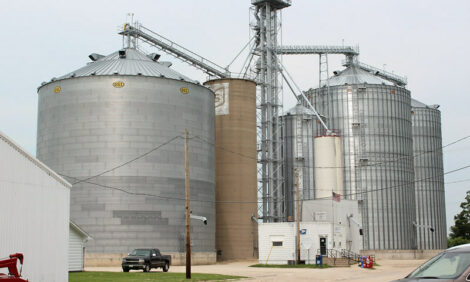



Cattle Marketing as Part of Managing the Drought
US - Beef cow calf producers in many parts of Wisconsin likely need to evaluate their options for getting through this coming winter, according to the University of Wisconsin Extension Beef Centre.
Drought and excessive heat this summer resulted in lack of pasture and hay production and the need to feed the cattle hay that would normally be saved for winter feeding. In addition to the low supplies of feed, record high feed prices are adding insult to injury for those who need to purchase feed for this coming winter.
One bright spot is that cattle prices are remaining strong, so cull cows and feeder calves do have the ability to generate some revenue. A question that producers need to consider is when the best time to sell is. Does it make sense to hold cattle, both culls and feeder calves, past the fall run to attempt to catch the seasonal upswing in the market? Does it make sense to sell some of the mama cows to reduce winter feed and purchase back some mama cows or springers next spring? Does it make sense this year to try to add some condition to cull cows before marketing them or not?
There is no "one size fits all" answer to these questions as each farm has is its own unique situation as far as how they are sitting with winter feed inventory, cash flow needs, investment in genetics and other factors that they may want to weigh when evaluating their options.
To help beef cow-calf farmers evaluate their options, Lee Schultz, Iowa State Extension Livestock Economist has developed two spreadsheet tools that allow folks to compare the costs and revenue under different timeframe scenarios. One spreadsheet compares selling cull cows and or feeders at different times and takes into account the different costs associated with extended ownership. Another spreadsheet compares the cost of overwintering cows with selling some number of cows, perhaps at different times, and then replacing them next spring or closer to the end of winter feeding season.
These spreadsheets can be found at the following website: http://www.extension.iastate.edu/agdm/livestock/html/b2-35.html
TheCattleSite News Desk


